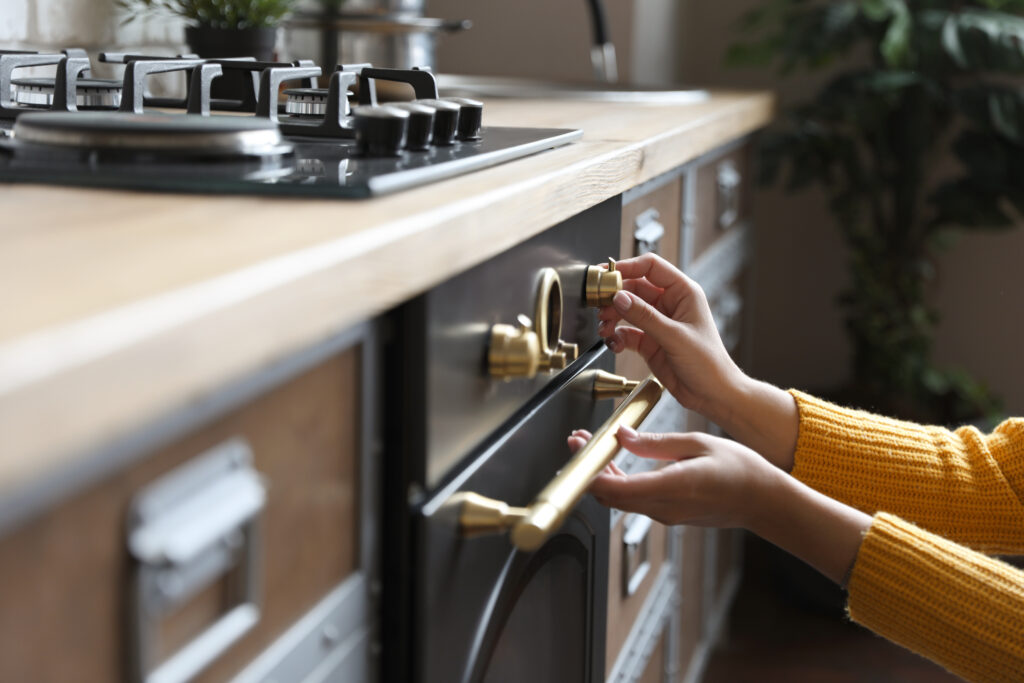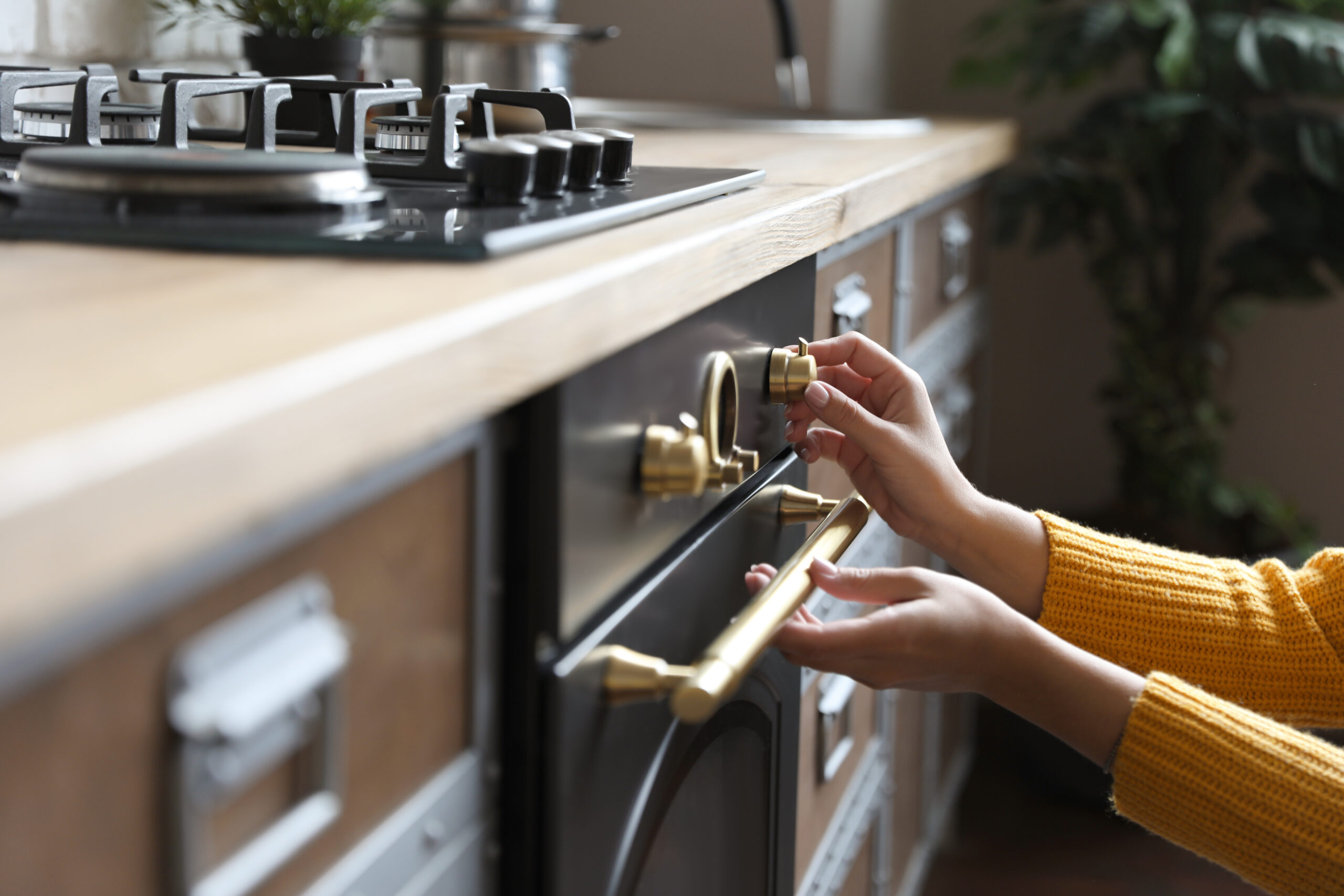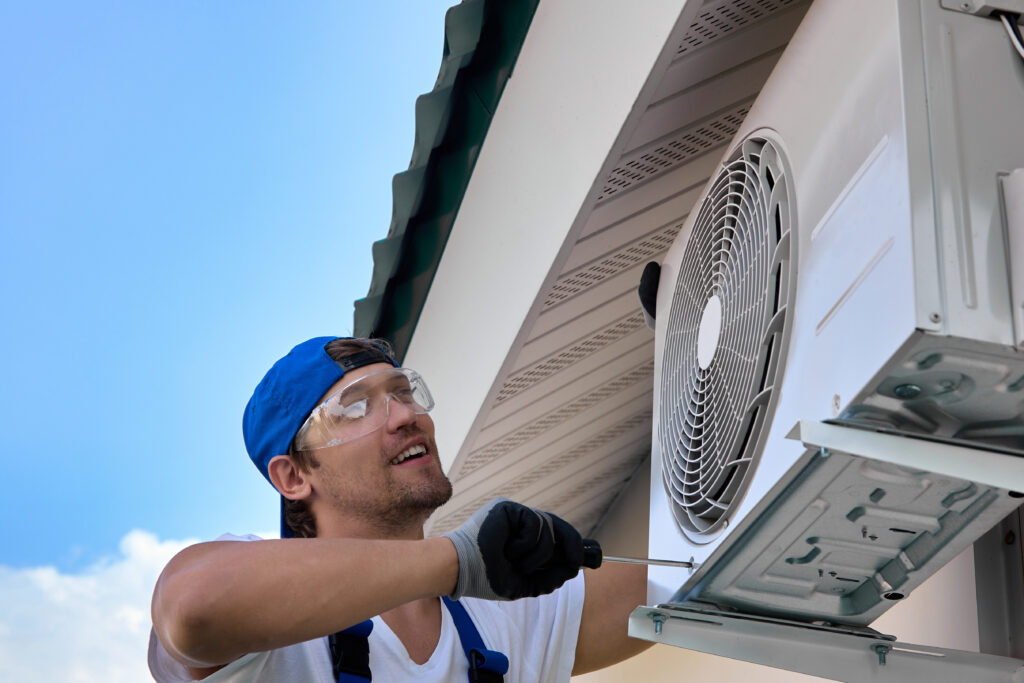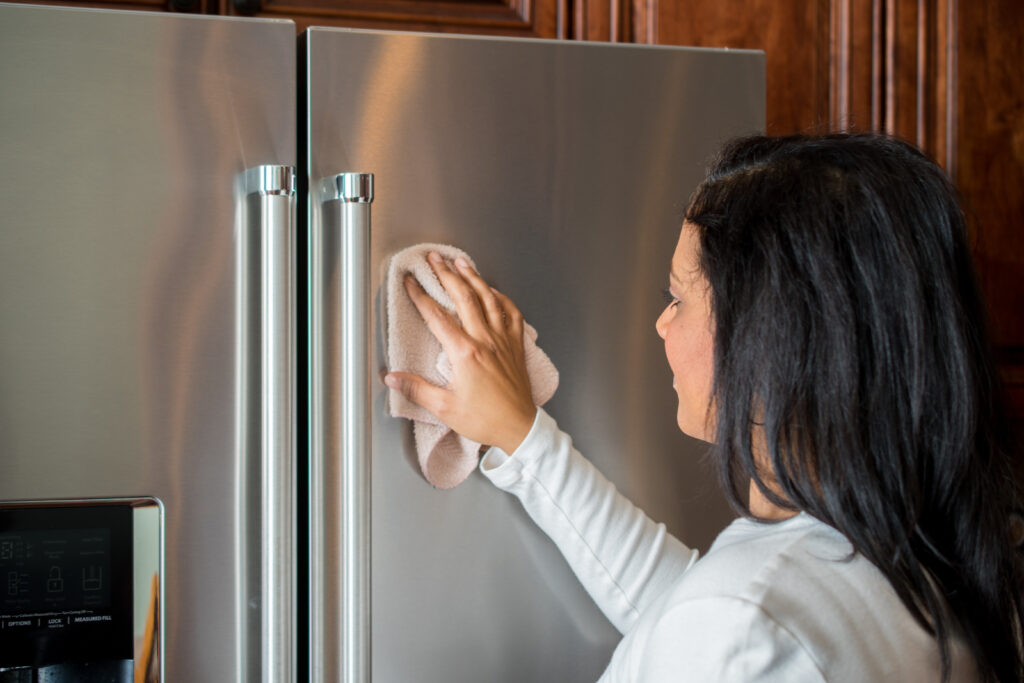Why Your Gas Oven Isn’t Heating Up — But the Stove Works Just Fine
You’re hungry, you’ve got dinner halfway prepped, and then—nothing. Your gas oven won’t heat, even though the stovetop is working perfectly fine. Frustrating? Yes. Confusing? Absolutely. You might start wondering if you’ve somehow overlooked something obvious. (Is it plugged in? Is the gas on? Did the dog step on something?) But before your spaghetti night turns into cereal-for-dinner, let’s break this down in everyday terms and get to the root cause. Whether you’re a first-time homeowner or the unofficial fix-it person in your household, understanding how a gas oven works and why problems pop up can give you the confidence to tackle it—or at least know when to call in help.
So… How Do Gas Ovens Actually Work?
A gas oven sounds straightforward—turn the knob, hear the click, see the flame—but the inner workings have more moving parts than you might expect. While the stovetop burners ignite directly when you turn the knob and the gas flows (that familiar clicking sound you hear is the igniter), the oven itself has its own ignition system, often a glow-bar igniter. This component has to get hot enough to ignite the gas coming from the oven’s safety valve. If that doesn’t happen, the gas won’t ignite. Safety first, obviously. The oven just… won’t heat up. Meanwhile, since the stove has its own separate ignition system, it can keep working even if the oven’s out of commission.
The Most Common Culprits Behind a Cold Oven
If your range top works but the oven doesn’t, nine times out of ten, the problem lives with the igniter. The igniter might be weakened, cracked, or just completely burnt out. Eventually, like the rest of us, it gets tired. Other likely suspects? A faulty thermostat, a tripped thermal fuse, control board issues, or even something more basic—like a power supply hiccup or buildup from food debris. (Seriously, pizza cheese wreaks havoc down the line.) These aren’t always obvious unless you’re peeking under the oven’s internal layers, which… let’s be honest, most of us aren’t doing on a casual Tuesday night.
Gas Supply vs. Electrical Power: It’s Not Always Just One or the Other
This part trips people up a lot. Even though it’s called a gas oven, it still needs electricity. That’s right—modern ovens rely on electrical current to power the control board, igniter, and safety components. No electricity? No heat. So if your oven suddenly isn’t doing its job, and you’re wondering “It’s gas, why does it need power?”, now you know. Sometimes the issue lies in the outlet or circuit breaker. If the breaker has tripped or there’s a power surge that messed with the electronics, the oven might be down for the count. The stove burners, however, often bypass these specific controls and will still fire up. It can feel like mixed signals… but it’s actually just compartmentalized design doing its thing.
Okay, But What Can You Do About It?
Right, the beer is getting warm and dinner’s not cooking. Here’s what you can check before picking up the phone for professional help. First, see if the oven’s igniter glows. If not, it’s probably time to replace it. Easy test: turn on the oven and watch through the little glass window inside. No glow? Igniter’s likely dead. Next, check your home’s circuit breaker panel. Flip the switch off and on again for the oven circuit (seriously—this works more often than we’d like to admit). No change? Try unplugging and plugging back in to reset the control board. Lastly, if you’re comfortable doing so, make sure gas supply valves are open and not blocked. But if that feels even a little bit out of depth, that’s okay—it’s more important to stay safe than improvise gas appliance repairs. This is where your home warranty can become the in-case-of-emergency glass you’re glad to have nearby.
The Bigger Picture: Why Oven Breakdowns Happen in the First Place
Gas ovens live a hard life, honestly. They’re facing constant temperature fluctuations, accumulated grease from ambitious lasagna attempts, and components that slowly wear out. Igniters and thermal fuses don’t last forever. If you’re cooking regularly—and we all have our hot dinner phases—that’s hundreds of hours a year the components are heating up, cooling down, and aging a little each time. Just like your car needs tune-ups, ovens need maintenance and replacement parts too, even if they seem like the sturdy appliances that never complain. The reality is, most breakdowns are preventable with regular checks and cleaning. And yeah, we know—easier said than done.
What a Home Warranty Means for Your Gas Oven (and Your Peace of Mind)
Here’s where things get a little more strategic. Maybe you’ve already had the thought: “If this breaks, how much is it gonna cost me?” The short answer? More than you want to spend on a random Wednesday. The longer answer? A home warranty covers exactly this kind of event. When your gas oven decides to go silent but the stove is cheerfully flaming away, a home warranty with a solid provider like Armadillo could mean the difference between a tedious DIY YouTube spiral and an expert showing up to handle it. Armadillo covers key systems and appliances, including kitchen ranges and ovens, and they make it refreshingly easy to submit claims, get service, and bounce back from breakdowns, all without upending your schedule—or your budget.
Why Armadillo is the Smart Move for Your Kitchen (and Your Sanity)
At the end of the day, your home is your haven—and when something as essential as your oven stops pulling its weight, you want help that shows up without drama. Armadillo offers intelligent, homeowner-friendly home warranties that are designed to actually work like you’d expect them to. Think 24/7 online support, super-fast claims, and no bloated red tape. Having your gas oven covered means more than saving money; it means not having your evening derailed by a cold casserole dish and no backup plan. Ready to protect your appliances from surprise breakdowns? Learn more at armadillo.one or skip straight to picking your plan by visiting the simple plan builder. Whether your kitchen stays hot or goes cold, Armadillo’s got your back—and yes, they’ll help get dinner back on track too.


























